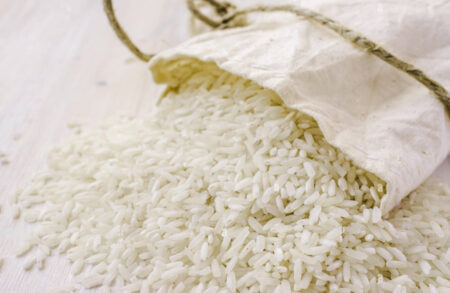- The synthesized material will be used in bio-optical engineering and intelligent packaging.
- The color sensors are prepared by using Bagasse as a raw material.
A research team led by Prof. Pradip K. Maji, affiliated with the polymer and process engineering department Indian Institute of Technology Roorkee (IITR), developed structural color-based sensors. The sensors have shown structural color changes. The material is prepared by abundant natural resources such as agro waste-sugarcane Bagasse. The research outcome was recently published in ACS Applied Nano Materials Journal.

Table of Contents
The Stimuli-Responsive Sensor
The researchers have prepared stimulus-responsive sensors from cellulose nanocrystals. The materials will be used in intelligent packaging to obtain relevant color changes to indicate freshness.
The color change in laminated films is caused by chiral nematic liquid crystal behavior. However, the phenomenon is shown by a particular self-assembly of molecules that interacts only with specific visible-light colors. The principal investigator, Prof. Pradip K. Maji, commented that specific stimuli generated sensing chips to change their reflection color dramatically.
The Sensor Preparation Procedure
This method is subdivided into two stages. In the first step, the cellulose is extracted from agro-waste, such as Bagasse, by bleaching and pulping. In the final step, acid hydrolysis of cellulose pulp under standardized conditions was done by Ms. Chhavi Verma, the primary author of the research.
Why Agro-Waste
The innovation uses renewable resources like sugarcane bagasse to address environmental issues. Nowadays, sparkling colors such as holographic, pearlescent, and iridescent effects are popular in fashion and design. The researchers have used cellulose nanocrystal suspension in the sensors to address the problem. Because the suspension is non-toxic and made from naturally occurring materials that are widely accessible, it is ideally suited for upscaling.
Cellulose is one of the significant structural elements extracted from sugarcane bagasse. The present initiative solves the issue by utilizing sustainable resources like sugarcane bagasse. To replicate natural structural-based color sensors, cellulose nanocrystals compete as the most pertinent raw material.

As per media reports, this is a start of a new era in the photonics application. The present research work is the first report in the biosensor field using Bagasse for a particular application. The photonic film was visualized as a potential candidate material with intelligent packaging and bio-optical engineering applications.
Professor KK Pant, Director, IIT Roorkee, acknowledged the idea and appreciated the approach of Prof. Maji to develop an environmentally friendly bio-inspired product which is an intelligent option to substitute synthetic sensors.
Prof. Pradip K Maji, the corresponding author of the research, had expressed their views to the media that the innovation produces sensing chips with an agro-waste-derived product. It shows a dramatic change of reflection color towards the stimuli response. This is the first instance of a photonic application having implications in bio-optical engineering and intelligent packaging. Although, the most straightforward sensor signal is a rapid and immediately recognizable color shift. The synthesized composite films displayed good visual color-sensing properties with moderate antibacterial activity for Escherichia coli bacteria.
Chhavi Verma, the primary author of the research, has stated that it will help to minimize the use of dyes and pigments with chemical bases. The team made progress toward its sustainability goals to make the structural coloration technique practical and marketable.
Pradip K. Maji is an associate professor at the Department of Polymer and Process Engineering, Indian Institute of Technology, Roorkee. Before joining IIT Roorkee, he worked in the defense sector. He has published 100 research articles in high-impact factor-renowned journals. His research interest includes biosensor, photonic application, thermal insulation, oil-water separation, etc.













